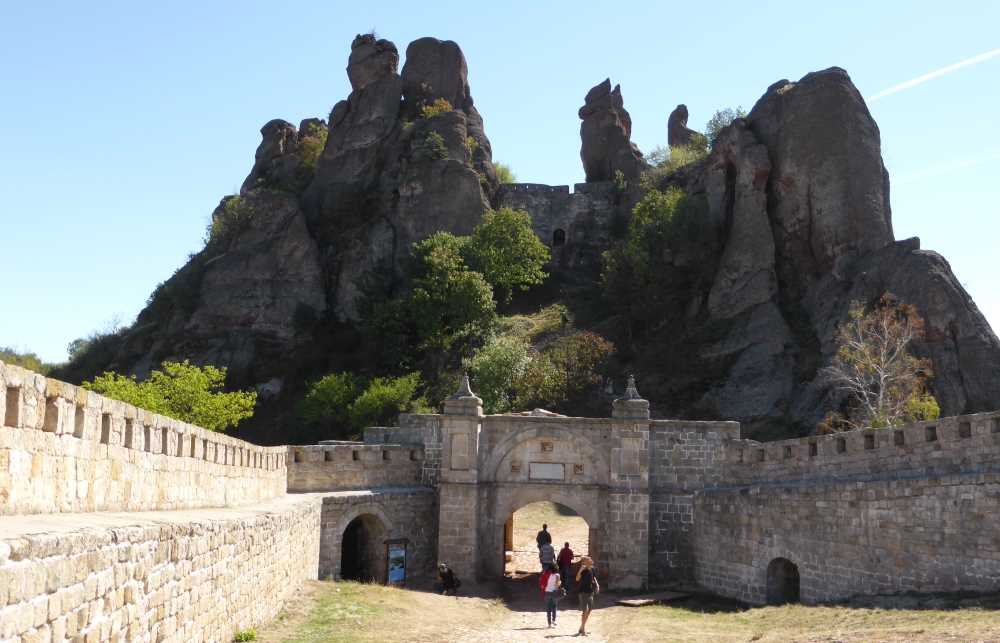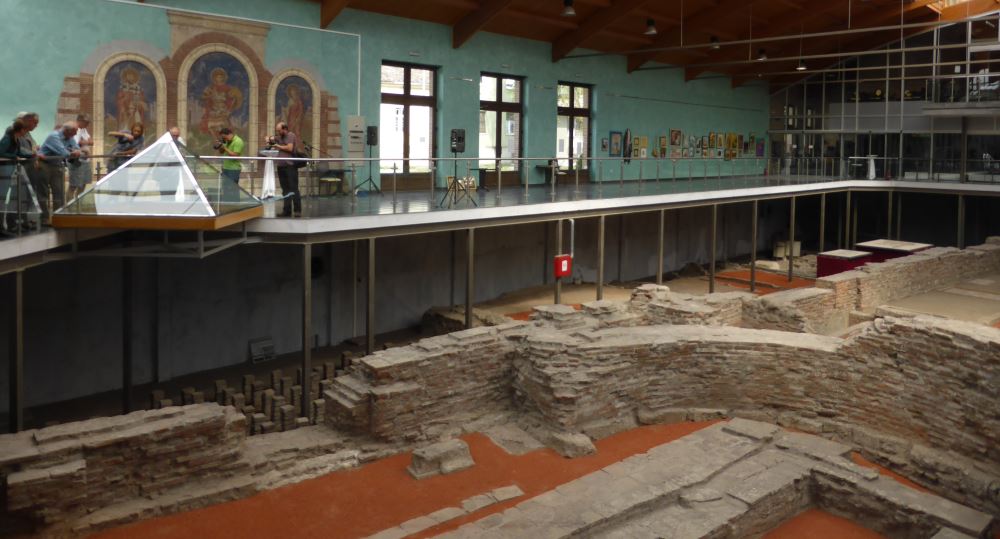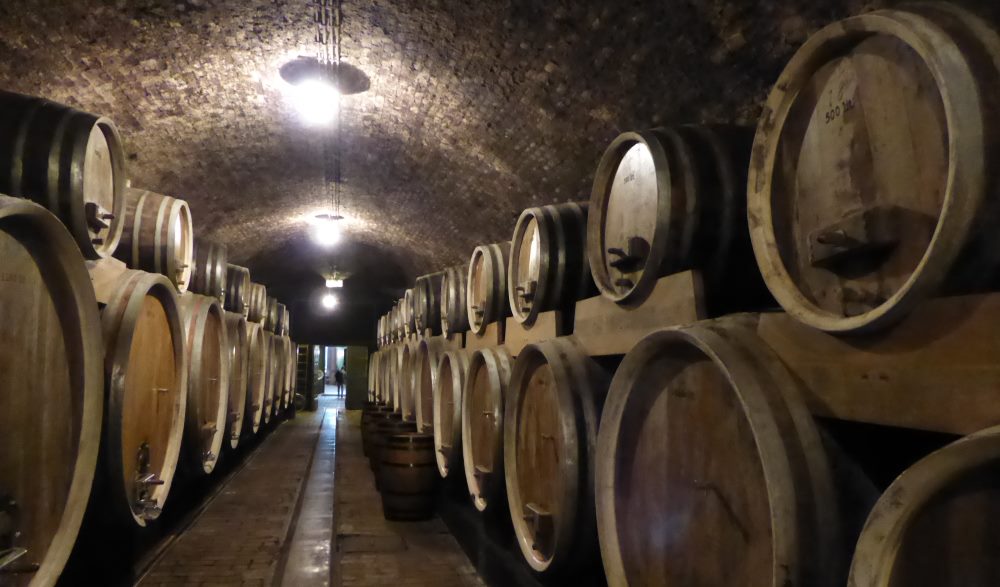The Route of the Roman Emperors and the Danube Wine Route allow new experiences in some of the Danube countries. The Danube is not only the second longest river in Europe but also connects ten countries and four capitals. Within living memory, the river has been lifeline, channel of communication and traffic route of European civilizations. In the Roman Age, the Danube represented the border to a widely unknown northern part of Europe. That’s why they built important monuments as an expression of their powerful empire. During those times the Danube started to develop as an important regional wine growing area. Both cultural legacies can be experienced as part of the European network of culture routes on the Danube Wine Route and the Route of Roman Emperors – best experienced in combination.
DCC: The Roman Emperors and Danube Wine Route
The route of Roman Emperors connects a total of 20 archaeological sites between the Adria coast and the Danube Delta and touches the countries Croatia, Serbia, Bulgaria and Romania. One of the oldest and most significant gold deposits in Europe can be found in the Romanian Rosia Montana in the western part of Transylvania. 2000 years ago Romans started to dig for gold and silver that was transported via the River Mureş and Danube to Rome. Today in that town some subterranean Roman galleries and the mining museum can be visited.
On the Bulgarian side of the Danube the Lower Danube Road was running since the first century A.C. It connected the different military sites and settlements. In the Bulgarian village Gigen on the old Roman road, the ruins of the castle Ulpia Oescus, a crossing point to the southern provinces, is situated. In Kladovo in Serbia the Roman fortress Diana is located which represented one of the most important Roman military bases and trade centers. Through many centuries, its own port helped to develop the city. Roman artifacts from the region Iron Gate / Djerdap can be visited in the Archaeological Museum Đerdap in Kladovo.

The Route of the Roman Emperors can be connected to the Danube Wine Route, which runs through twelve wine regions between the Croatian Slavonia and the Black Sea coast. In Bulgaria, the cultivation of wine can be traced back to the Thracians that started wine production almost 3000 years ago, even before the arrival of Romans. The Serbian mountain range Fruška Gora in Vojvodina has been declared a National Park in 1960 and is a traditional wine region. This area is known as one of three holy mountains in the Christian Orthodox world due to its many monasteries. The well-known dessert wine Bermet is being produced here; in addition, one of four capitals of the Roman Empire was once located in this region: Sirmium.

In the wine region of Baranja, Croatia, small country houses blend into the hilly landscape, some storing over 200 year old barrels in their wine cellars. The moderate continental climate contributes to ideal wine-growing conditions; sunny and dry summers make for perfect high quality white wines while in winter, cold northern winds create excellent conditions for a late harvest and good ice wines.

Both cultural routes are developed by the Danube Competence Center (DCC) with support through the European Community to foster cross-border tourism in the Danube region.
Source: mascontour / DCC
You may also like:
Bremen – From medieval houses to Weser Renaissance architecture
Destination Serbia: Travel Resources
Odessa is the Ukrainian gateway for travel to the Danube Delta
Unforgettable Hiking Experiences in Montenegro’s National Parks
Architecture in Cologne
